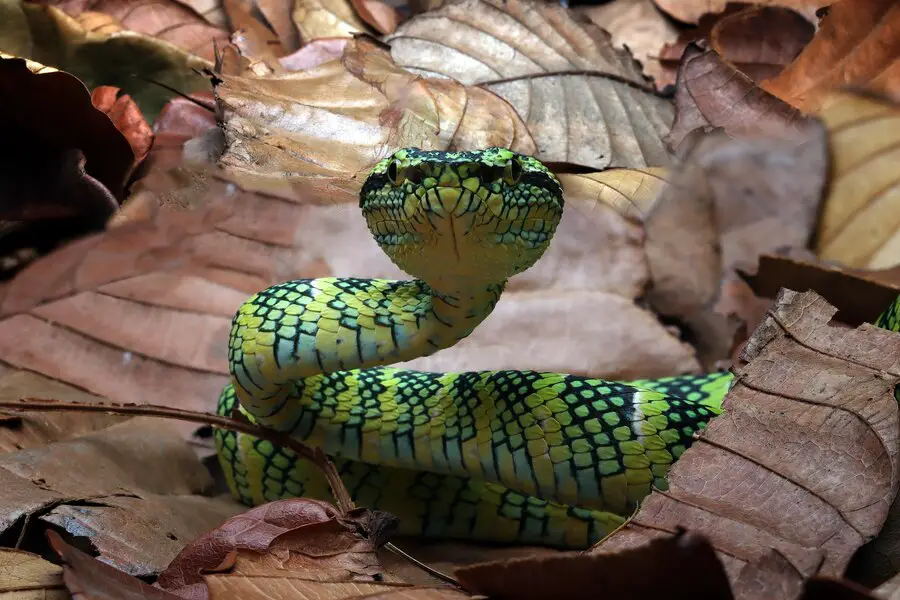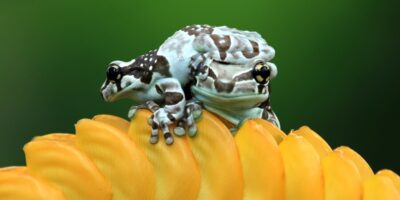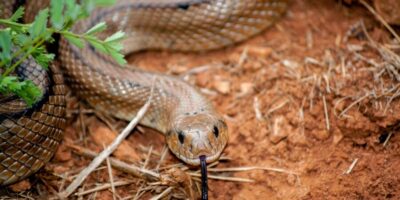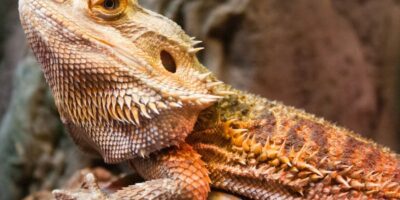Welcome to the captivating world of ball pythons, enchanting reptiles known for their distinct patterns and gentle demeanor. In this exploration, we delve into the mysterious realm of their reproductive habits, specifically focusing on the intriguing egg-laying process. From the basics of ball python biology to the factors influencing their clutch sizes, join us on a journey to uncover the secrets of these fascinating creatures and gain insights into their unique reproductive behaviors.
Reproductive Biology Of Ball Pythons
Ball python reproduction is a captivating aspect of their biology. These snakes typically reach sexual maturity between 18 months and 4 years, depending on factors like size and health. Breeding season is stimulated by temperature and photoperiod changes, with courtship rituals involving intricate behaviors such as rubbing, coiling, and head movements. The female stores sperm for delayed fertilization, and successful mating precedes a fascinating reproductive cycle. Understanding these general aspects of ball python reproduction sheds light on the intricacies of their breeding behaviors in captivity.
Mating Behaviours And Courtship Rituals
Mating behaviors and courtship rituals in ball pythons are captivating displays of instinct and communication. During the breeding season, male ball pythons engage in elaborate courtship rituals to attract females. This includes behaviors such as rhythmic undulating, head bobbing, and gentle caresses. The male’s pheromones play a crucial role in signaling readiness to mate. Courtship rituals are not only mesmerizing to observe but are also vital for ensuring successful reproduction. Understanding and appreciating these behaviors contributes to responsible breeding practices and the well-being of these remarkable reptiles in captivity.
Egg-Laying Process
The egg-laying process in female ball pythons is a fascinating journey influenced by their reproductive cycle. After successful mating, the female undergoes a gestation period where she develops and nourishes the eggs internally. As the eggs mature, she seeks a suitable nesting site, laying a clutch that she then wraps around to incubate. This intricate process is a testament to the remarkable reproductive adaptations of ball pythons, showcasing their ability to balance maternal care with the demands of nature.
Nest Preparation And Selection
Nest preparation and selection are critical stages in the ball python’s reproductive journey. Following the egg-laying process, the female diligently selects an appropriate nesting site. This choice involves considerations of temperature, humidity, and security. Creating a carefully constructed nest, often involving coiling around the eggs, allows the female to provide optimal conditions for incubation. This maternal instinct underscores the significance of environmental factors in ensuring the successful development of ball python eggs.
Clutch Size Variability
Clutch size in ball pythons exhibits variability influenced by several factors. The age and size of the female play a crucial role, with larger, more mature individuals typically producing larger clutches. Environmental conditions, including temperature and humidity, significantly impact reproductive success. Understanding these factors is essential for predicting and managing clutch sizes in captivity, ensuring the well-being of both the female and the developing eggs.
Health And Genetics
The health and genetics of ball pythons are integral considerations in their overall well-being and reproductive success. A healthy breeding pair is more likely to produce robust offspring. Genetic diversity contributes to the vitality and resilience of the population, preventing potential issues associated with inbreeding. Responsible breeding practices involve selecting mates with diverse genetic backgrounds, regular health check-ups, and providing optimal husbandry. Prioritizing both health and genetics ensures the long-term health and vigor of ball pythons in captivity.
Average Clutch Size
The average clutch size of ball pythons varies, influenced by factors like age, size, and health. Based on research, these snakes typically lay between 4 and 10 eggs per clutch, with some variations among different morphs. Providing statistics helps snake enthusiasts understand the range of clutch sizes, facilitating informed care and preparation for breeding. It highlights the importance of recognizing individual variability in reproductive patterns and tailoring husbandry practices accordingly for a successful breeding experience.
Variability Among Different Ball Pythons
Variability among different ball python morphs adds a captivating dimension to their reproductive biology. Morphs, defined by unique color and pattern characteristics, can influence various aspects of reproduction, including clutch size. Some morphs may exhibit distinct reproductive behaviors, and understanding these variations enhances our appreciation for the diversity within the species. Breeding enthusiasts often explore these differences, contributing to the ever-expanding knowledge of ball python genetics and the intricate world of herpetoculture.
Incubation Period
The incubation period is a pivotal stage in the ball python’s reproductive journey, marking the development of eggs post-laying. This process typically lasts around 55 to 60 days, during which carefully monitored temperature and humidity levels are crucial. Providing a suitable incubation environment ensures proper embryonic development. Snake breeders meticulously regulate these conditions to mimic the natural setting, fostering a successful incubation period and increasing the likelihood of healthy hatchlings. Understanding the intricacies of incubation contributes significantly to successful ball python breeding in captivity.
Optimal Conditions
Optimal conditions for egg incubation are essential for the successful development of ball python eggs. Maintaining a stable temperature within the range of 88 to 90 degrees Fahrenheit (31 to 32 degrees Celsius) is crucial, as fluctuations can impact embryonic development. Adequate humidity, usually set at 90–100%, prevents desiccation of the eggs. A well-ventilated and secure incubator is vital for maintaining these conditions. Precision in replicating the snake’s natural environment during incubation is key to ensuring ball python eggs’ health and hatching success.
Maternal Care And Behaviour
Maternal care and behavior in ball pythons extend beyond egg-laying, encompassing a remarkable period of incubation. After depositing her eggs in a carefully chosen nest, the female assumes a vigilant role in safeguarding her clutch. She coils around the eggs, providing warmth and protection, and occasionally adjusts their position for optimal incubation. The maternal instinct involves a delicate balance between maintaining environmental conditions and ensuring the well-being of each egg. Understanding and appreciating these nurturing behaviors highlights the intricate role of the female in the successful incubation process.
Breeding And Captive Management
Breeding ball pythons requires careful consideration for successful captive management. Potential breeders should assess factors such as the health, genetics, and age of the breeding pair. Understanding the intricacies of ball python reproductive biology, including courtship rituals and nesting behaviors, is essential. Responsible breeding practices emphasize genetic diversity, ethical considerations, and meticulous care throughout the incubation period. Thoughtful planning and dedication to the well-being of both adults and hatchlings are fundamental for those venturing into the rewarding realm of ball python breeding.
Responsible Breeding Practices
Responsible breeding practices for ball pythons prioritize the health and well-being of the animals involved. This includes selecting breeding pairs with diverse genetic backgrounds, ensuring adequate pre-breeding health checks, and providing proper care throughout the reproductive process. Ethical considerations involve avoiding excessive breeding, prioritizing the welfare of the snakes over specific morph traits, and ensuring responsible placement of hatchlings. Upholding these standards contributes to the conservation of genetic diversity and the promotion of ethical practices within the reptile breeding community.
Conclusion
In conclusion, our exploration into the fascinating world of ball python reproduction has unveiled key insights. From the intricacies of their mating behaviors to the challenges of egg-laying and incubation, understanding these processes enhances our role as caretakers. Recognizing factors influencing clutch size, the significance of maternal care, and the variety among different morphs deepens our appreciation.
Emphasizing responsible ownership, including proper care and consideration of ethical breeding practices, is paramount. By prioritizing the well-being of these captivating reptiles, we contribute to their health and conservation.




